Food & Culture Academy (푸드앤컬쳐 아카데미)
2.4Km 2018-03-29
116, Pirundae-ro, Jongno-gu, Seoul
Food & Culture Korea propose des cours de cuisine coréenne et des programmes d’activités culturelles culinaires pour les visiteurs étrangers depuis 2002. Les cours se font en anglais et en japonais. Les participants apprennent à confectionner de nombreux plats coréens, parmi lesquels le kimchi, le bulgogi, le tteokbokki ou le bibimbap d’une manière systématique, simple et amusante.
Marché aux puces de Hwanghak-dong (황학동 벼룩시장 (도깨비시장/만물시장))
2.4Km 2020-05-12
11-7, Majang-ro 5-gil, Jung-gu, Seoul
+82-2-1330
Le marché ancien de Hwanghak-dong est le principal marché des articles d’occasion à Séoul. Il est également connu comme "le marché monstre” ou "le marché total”
Il a commencé à se développer et grandir dès 1950 et il compte maintenant approximativement 1 000 magasins sur un espace s’étendant derrière les appartements Samil entre les numéros 13 et 17, Cheonggyecheon 8-ga dans Jung-gu à Séoul.
Articles
Le marché de Hwanghak-dong est divisé en 5 sections de magasins et d’échoppes dans les rues qui vendent des antiquités, de l’électroménager et des machines. Chaque magasin regorge d’antiquités difficile à trouver ailleurs - meule, mortier, chaudronnier, vieux appareils photo, phonographes, pipes, argent, boussoles et divers appareils électroménagers comme des téléviseurs et des réfrigérateurs. Beaucoup de visiteurs étrangers viennent au marché pour y trouver des articles rares et peu communs qu'ils ne peuvent trouver ailleurs à Séoul.
Informations sur les prix
Les prix sont en général de 20 à 30% plus bas que le prix normal, mais vous pouvez encore négocier avec les marchands. Attention aux surenchères peu raisonnables.
Heures d’ouverture
Ouverts d'une façon générale de 8 heure à 18h 30, toute l'année pour la plupart (certains peuvent fermer le dimanche).
** Suite à une restitution de la rive Cheonggyecheon, le marché a temporairement été aménagé au Stade de Dongdaemun.
Cathédrale Yakhyeon de Séoul (서울 약현성당)
2.4Km 2020-03-26
447-1, Cheongpa-ro, Jung-gu, Seoul
+82-2-362-1891
La cathédrale Yakhyeon et une petite cathédrale de 396m², 32m de longueur et 12m de largeur.
Ce bâtiment a été construit en 1886 lors du gouvernement de Gojong comme lieu d'offide de la cathédrale de Myeongdon après que la liberté de religion a été légitime.
Le père Doucet qui été la cure de la cathédrale de Myeongdong a muni le terrain et l'archidiacre pére Coste s'est occupé de la construction. Enfin la cathédrale est construite en tant que la cathédrale Yakhyeon en 1892.
Le site où la cathédrale a été construite était normalement un lieu où l'on cultivait des herbes médicinale(yakcho en coréen) et s'appeleait 'Yakjeonhyeon'.
En l'abrégeant nous l'appelions 'Yakhyeon' et la cathédrale a également eu se nom.
La cahtédrale Yakhyeon est la première cathédrale de la Corée bâtit sous une forme occidentale.
De plus, la cathédrale contient des éléments gothique mais a plutôt un style roman en général avec son toit rond et ses fenêtres étroites.
* Surface - 1,309㎡
Mont Inwangsan (인왕산)
2.4Km 2020-08-19
29, Inwangsan-ro 1-gil, Jongno-gu, Seoul
+82-2-2148-2834
Le mont Inwangsan abrite toujours les terrains rituels du roi Taejo et Muhakdaesa, ainsi que les remparts construits dans la périphérie de Séoul, qui s’étendent du tunnel de Sajik jusqu’à la porte de Jahamun. De nombreuses personnes aiment faire de la randonnée sur le sentier qui démarre du tunnel de Sajik et conduit au sommet de la montagne, puis longe les remparts pour aboutir à Buamdong. Le parcours de randonnée est également relié à la route qui se trouve devant Cheongwadae, ce qui permet aux randonneurs de visiter des monuments historiques comme les routes de Palpan et de Hyoja, ainsi que le palais de Gyeongbok. Le sentier de randonnée situé derrière le parc de Sajik conduit à Hwanghakjeong, où les archers de la dynastie Joseon faisaient montre de leur adresse au tir. Hwanghakjeong se trouvait à l’origine dans le palais de Gyeongbok, mais il a été déplacé dans la montagne. Le sommet offre une vue panoramique des environs, avec au centre le palais de Gyeongbok, et s’étend aussi loins que les montagnes Nak, Nam et Baegaksan.
L’itinéraire de randonnée qui longe les remparts est apprécié pour la beauté des paysages que les promeneurs peuvent admirer tout en escaladant la montagne. En suivant le passage qui se trouve à l’intérieur des remparts, on peut apercevoir une volée de marches de pierre après avoir dépassé Changuimun. En montant ces marches, le passage fait un coude vers l’extérieur des remparts. Il continue pendant 200 m et conduit vers un amoncellement de rochers autrefois utilisé pour bâtir des châteaux pendant le règnes des rois Taejo, Sejong et Sukjong. L’épaisse mousse sombre qui recouvre ces pierres témoigne de la longue histoire de Séoul. Le passage mène également au château de Tangchundae. Celui-ci a été construit pour renforcer les defenses de la ville après l’invasion japonaise de 1592 et la guerre contre les Mandchous en 1636.
Le mont Inwangsan culmine à une hauteur de 338,2 m et couvre les quartiers de Honghedong dans l’arrondissement de Seodaemungu ainsi que Muakdong, Nusangdong, Ogindong et Buamdong qui se trouvent à Jongnogu. Des formations rocheuses uniques et colossales, ainsi que la vue sur Séoul et Cheongwadae représentent quelques-uns des nombreux charmes du mont Inwangsan.
OKIN PIZZA (옥인피자)
2.4Km 2021-03-19
26, Ogin-gil, Jongno-gu, Seoul
+82-2-737-9944
This is a Western cuisine located in Jongno, Seoul. The best menu at this restaurant is pizza. You can eat delicious pizza at hanok, a Korean traditional house.
Lieu saint de Seosomun (서소문순교성지)
2.5Km 2019-01-16
447-1 Cheongpa-ro Jung-gu Seoul
+82-2-312-5220
Le carrefour près de Seosomun était un lieu d'exédution à l'époque de Joseon. Ce lieu s'appelait 'Sigumun' qui signifie la porte où les cadavres passent. Ils transportaient les cadavres par Seoeomun et exécutaient les coupable à ce lieu où il y avait un marché à l'époque. Les citoyens pouvaient regarder à la scène d'exécution ce qui alarmait les personnes. En 1984, 103 martyrs sont nés dans le catholicisme de Corée, qui est également un événement peu probable dans l'histoire mondial catholique. Pour les croyants catholiques en Corée, Seosomun est considéré comme l'un des lieux saints importants parce que de nombreux prêtres catholiques ont été martyrisés à ce site. Parmi 103 martyrs coréens, 44 ont été martyrisés ici. En outre, une béatification a eu lieu ici en 2014, pour bénir les 124 personnes.
Brasserie de makgeolli Chunpoong
2.5Km 2025-02-05
서울특별시 중구 다산로 101-3 (신당동)
C'est une brasserie qui produit le makgeolli, la base de l'alcool coréen. Des visites et des sessions de dégustation sont organisées pour transmettre la valeur de l'alcool coréen. Nous fournissons des informations détaillées sur le makgeolli, qui est en train de disparaître de l'histoire, et faisons découvrir ce précieux patrimoine culturel coréen aux Coréens et aux touristes étrangers. De plus, un espace de restauration séparé est aménagé pour profiter de la nourriture et de l'alcool. Le rez-de-chaussée est composé de la brasserie et du dépôt de makgeolli, tandis que le premier étage est aménagé en salle de dégustation et en média top. Le deuxième étage est dédié à l'exposition d'œuvres de membres de l'Association culturelle de l'artisanat de la dynastie moderne, présentant le patrimoine culturel immatériel national et fonctionnant comme une galerie pour introduire le patrimoine culturel coréen. En face de la brasserie, 'Chunpoong Jeonjit' est exploité, vendant des 'jeon', un plat emblématique de la Corée, ainsi que des aliments de saison en petites portions.
Lotte Mart (Gare de Séoul) (롯데마트-서울역점)
2.5Km 2019-01-10
432, Cheongpa-ro, Jung-gu, Seoul-si
+82-2-390-2500
Le Lotte Mart de la Gare de Séoul est situé comme son nom l'indique dans l'une des plateformes de transports les plus importantes de Corée. La Gare de Séoul abrite en effet le KTX (le TGV coréen), et d'autres types de trains, des bus, et stations de métro s'y rencontrent.
Le Lotte Mart vend de l'alimentation, des produits essentiels de la vie quotidienne, des articles de mode et bien d'autres.
Il est situé du second au quatrième étages du bâtiment et est ouvert de 10h à minuit.
Seoullo 7017 (서울로 7017)
2.5Km 2020-07-20
Seoul, Jung-gu, Cheongpa-ro 432
+82-2-120
Il s'agit d'un nouveau parc autour de la gare de Séoul construit après rénovation des chemins piétons autour de la gare, elle même inaugurée en 1970
Son nom reprend l'année de construction de la gare et l'année d'inauguration du parc, 1970 et 2017. De plus, le chiffre 17 réfère à la hauteur du parc et au nombre de chemins piétons que comporte ce nouveau parc.
Le parc se destine à être un prochain site touristique phare de la ville avec de nombreuses activités.
Programme de Temple Stay à Myogaksa (묘각사 산사체험)
2.5Km 2016-08-31
331, Jong-ro 63ga-gil, Jongno-gu, Seoul
+82-2-763-3109
Situé à l’est du mont Naksan à Jongno-gu dans la ville de Séoul, le temple Myogaksa offre aux citadins une chance de découvrir le programme Temple Stay. Depuis 2002, le temple Myogaksa propose un programme intitulé “Free from All Anxiety”, qui accueille un nombre croissant de visiteurs étrangers chaque année. De plus, vous pourrez découvrir la culture traditionnelle coréenne ainsi que l’histoire du pays grâce à des histoires captivantes.
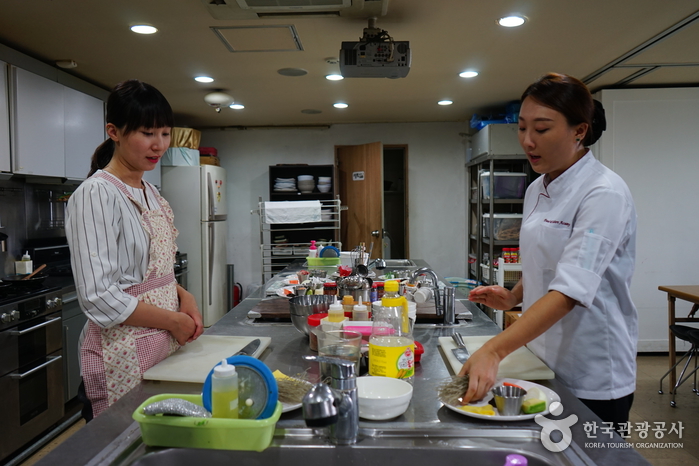
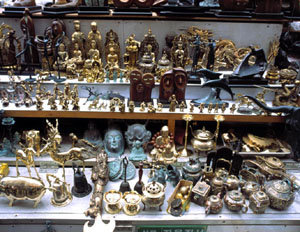
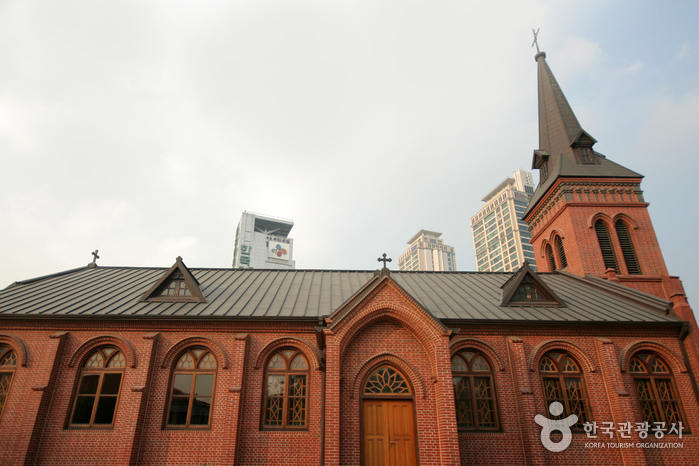
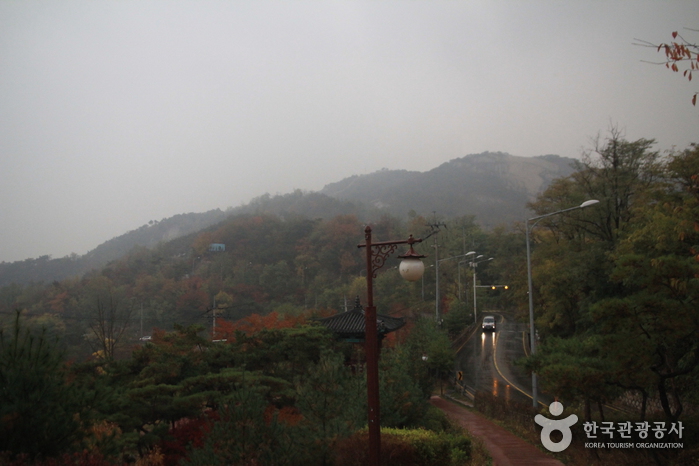

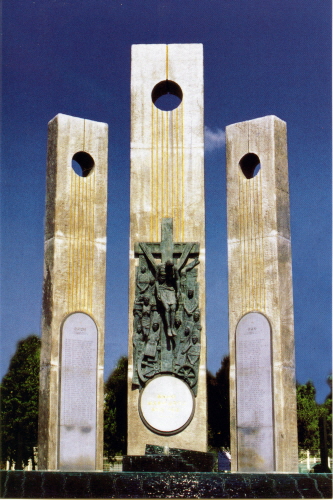
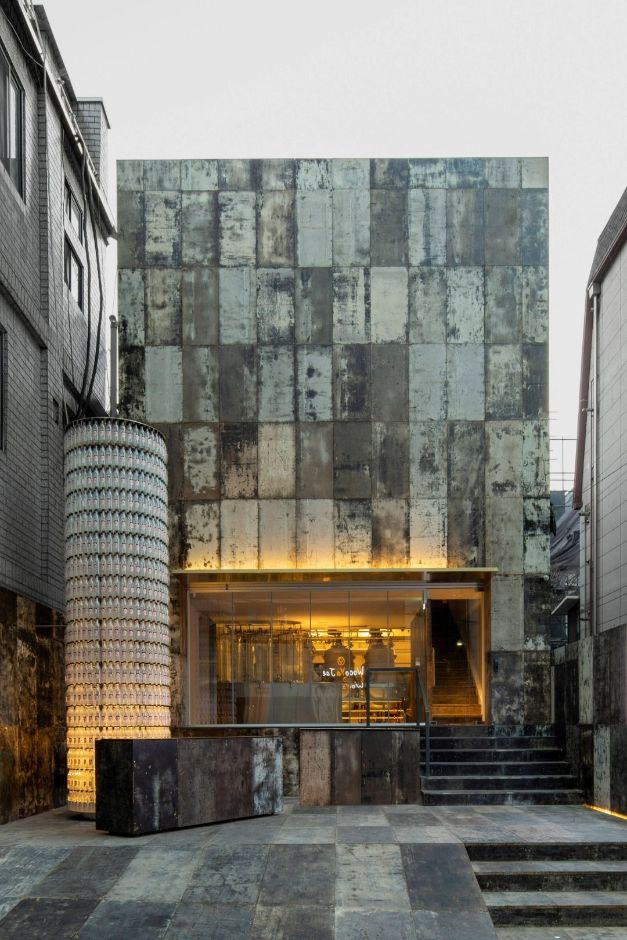
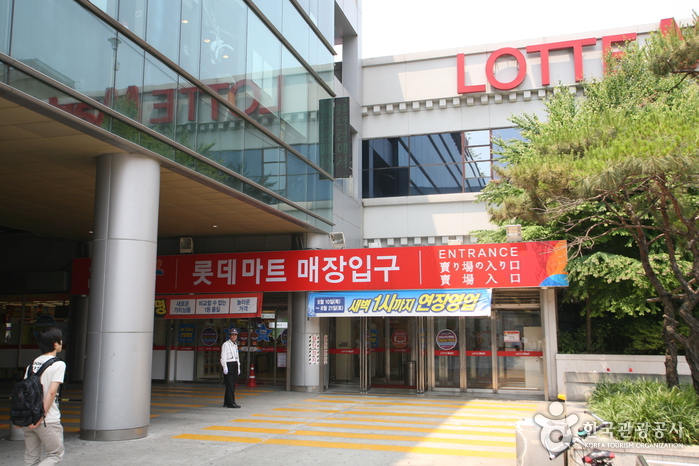
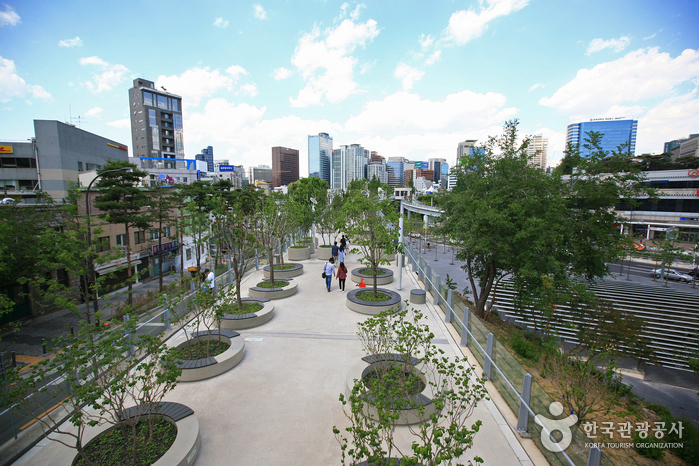
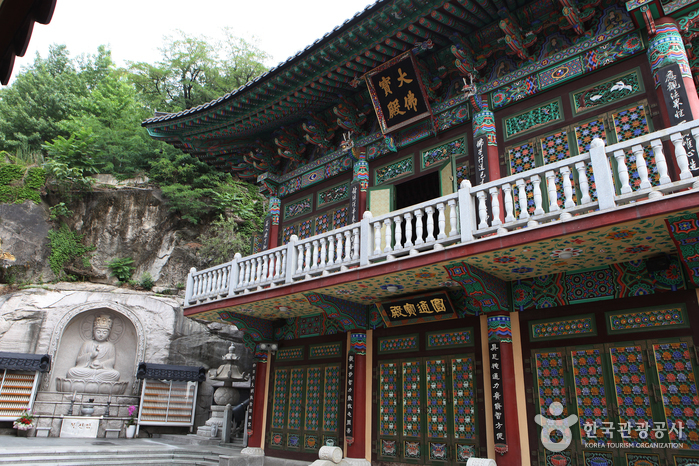
 Français
Français
 한국어
한국어 English
English 日本語
日本語 中文(简体)
中文(简体) Deutsch
Deutsch Español
Español Русский
Русский